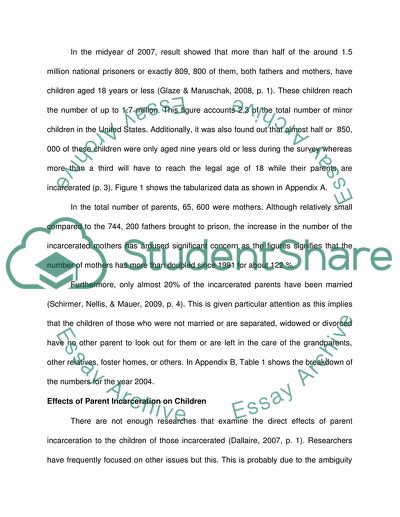Cite this document
(“What is the Relationship Between Incarnated Women and Neglected Research Paper”, n.d.)
What is the Relationship Between Incarnated Women and Neglected Research Paper. Retrieved from https://studentshare.org/sociology/1739825-what-is-the-relationship-between-incarnated-women-and-neglected-children
What is the Relationship Between Incarnated Women and Neglected Research Paper. Retrieved from https://studentshare.org/sociology/1739825-what-is-the-relationship-between-incarnated-women-and-neglected-children
(What Is the Relationship Between Incarnated Women and Neglected Research Paper)
What Is the Relationship Between Incarnated Women and Neglected Research Paper. https://studentshare.org/sociology/1739825-what-is-the-relationship-between-incarnated-women-and-neglected-children.
What Is the Relationship Between Incarnated Women and Neglected Research Paper. https://studentshare.org/sociology/1739825-what-is-the-relationship-between-incarnated-women-and-neglected-children.
“What Is the Relationship Between Incarnated Women and Neglected Research Paper”, n.d. https://studentshare.org/sociology/1739825-what-is-the-relationship-between-incarnated-women-and-neglected-children.


